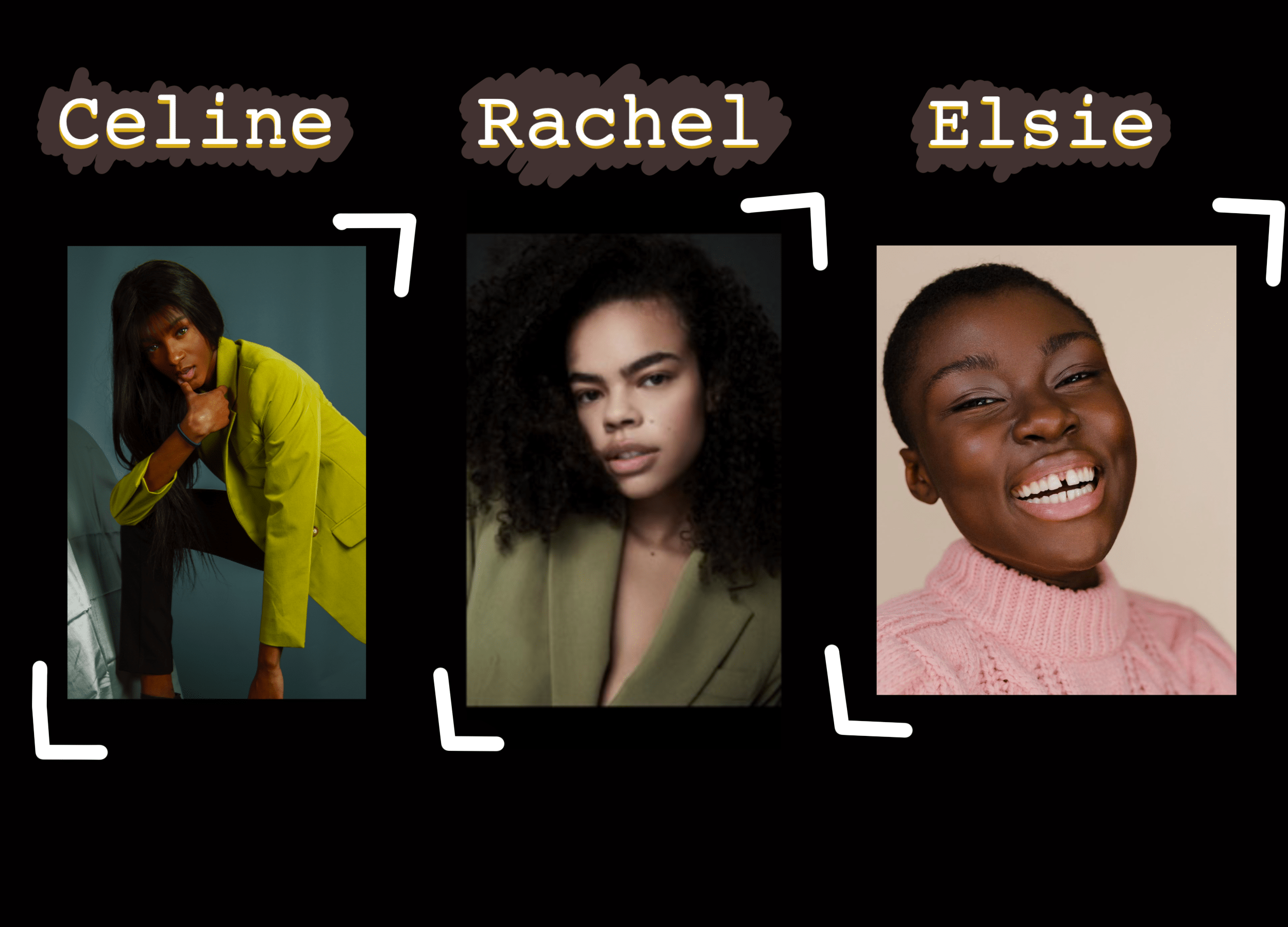Being a model in Toronto is not nearly as glamorous as it looks on Instagram, especially when trying to gain opportunity as a person of colour in the city’s seemingly diverse modelling industry.
Having been in the industry for a year now, I was interested in how other women of colour were navigating its difficult challenges. I spoke with three York students who have been in the modelling industry for three years or more — Elsie Abang, Rachel Sybblis, and Celine Brown.
We all agree that despite popular assumption, agencies are not all that they are hyped up to be.
“You don’t need an agent to be a model. Some agencies don’t do anything for you, so it’s really just a label,” Abang says.
Most models sign to an agency and end up not working for several months to a year before they get their first job. During that period of uncertainty, they are most likely broke and losing confidence as they and their Instagram followers anticipate their next big project.
“It was seven months of nothing — and since everybody thinks you’re a model, you know you must be doing stuff. Meanwhile, your bank account is in the negatives because you haven’t worked since you signed that contract,” Abang says.
Instead, most models primarily build their portfolios through collaboration with other creatives and photographers. While this may be fun and allow more agency when choosing their opportunities, the creative community is not absolved of the same tokenism and colourism that many agencies are guilty of.
“Hitting up photographers is kind of hard because they tend to go with the same girls that have a high following or a lighter skin complexion,” Brown says.
One of the hardest challenges to overcome as a Black model is finding opportunities that are not using you for token representation. Blackness is not a trend that goes in and out of fashion whenever the culture is craving.
“After the Black Lives Matter protests in the summer, I feel like everybody was just trying to place Black models into projects really quickly,” Abang says.
The decision-making process that determines which Black models are chosen to represent an entire group of women is often based upon stereotypes. Usually they are ideas of what Black women ‘should’ look like or a fetishization of the current Black woman that is ‘in style’.
“You don’t even really get a chance to interact with the Black female modelling community because there’s only like one or two of you at every opportunity.”
“Even right now there’s a fetishization of light skinnededness, specifically Sudanese girls that are tall and skinny,” Sybblis says.
This creates a fierce competition between female models of colour. Because of this, the Black female modelling community in Toronto is slim to none. None of us ever had a conversation about our experiences with other Black models until this interview.
“You want to see the girl win, but you also want to eat. Meanwhile Stacey, Casey, and Jennifer can all be friends because they’re all doing H&M together,” Abang says.
The competitiveness within the women of colour modelling community makes it feel as though there’s only room for one Black model at every opportunity — and despite what it may look like on social media, it can get lonely.
“You don’t even really get a chance to interact with the Black female modelling community because there’s only like one or two of you at every opportunity,” Abang says.
With all these barriers to enter the industry, how does one stay confident and persevere? What does Toronto’s modelling industry, and those chosen to be a part of it, mean for the current representation for people of colour and Black creative work?
“I think you really just have to be strong in who you are, and know what you will and will not take from certain people,” Sybblis says.
“Be confident in yourself and know who you are,” Brown adds.
“People want to see you. Remember, you’re more than a model,” Abang says.
Having more Black representation in the modelling industry means more equal opportunities for both models and creatives and a more truly diverse culture. There is so much rich talent out there that does not get seen, and, now more than ever, we need to see our world more accurately reflected back at us in our media.
“I would love to be able to open doors for people behind me. I’d like to have a voice,” Abang says.


